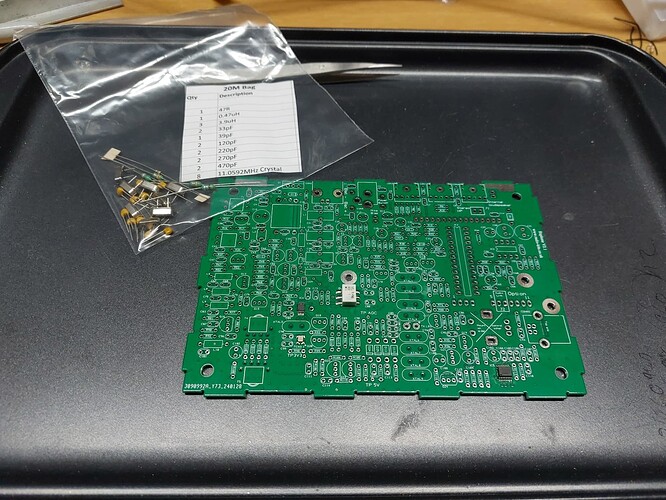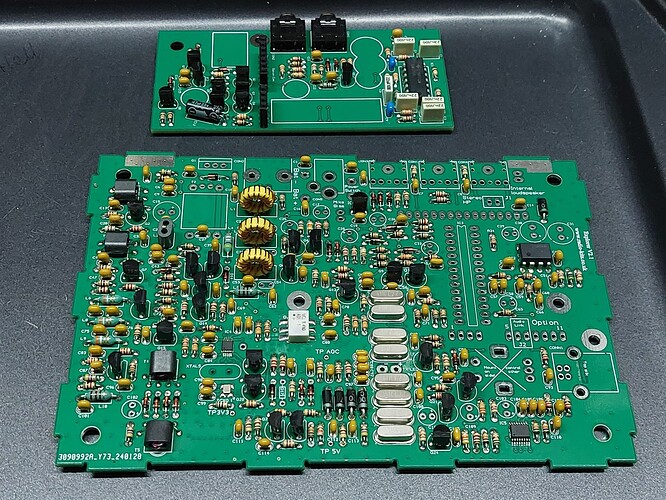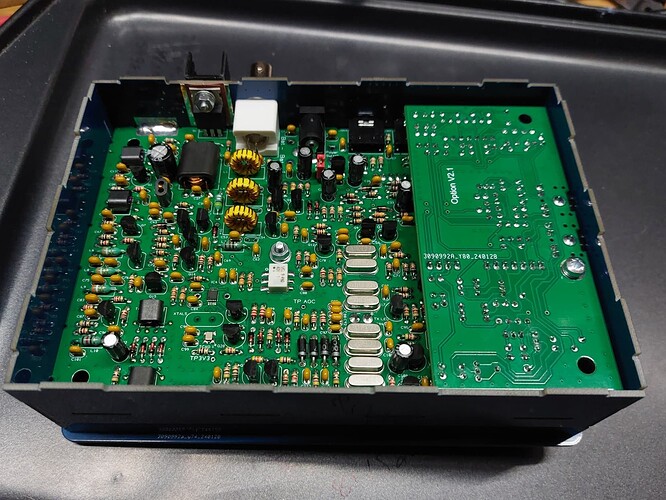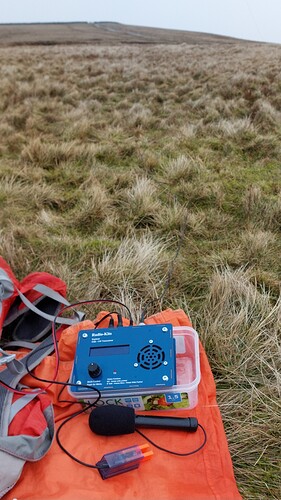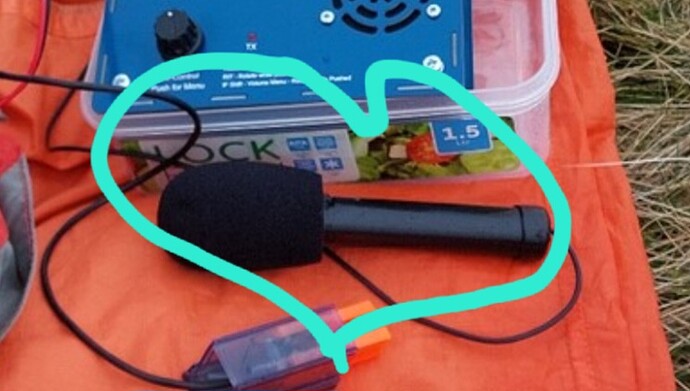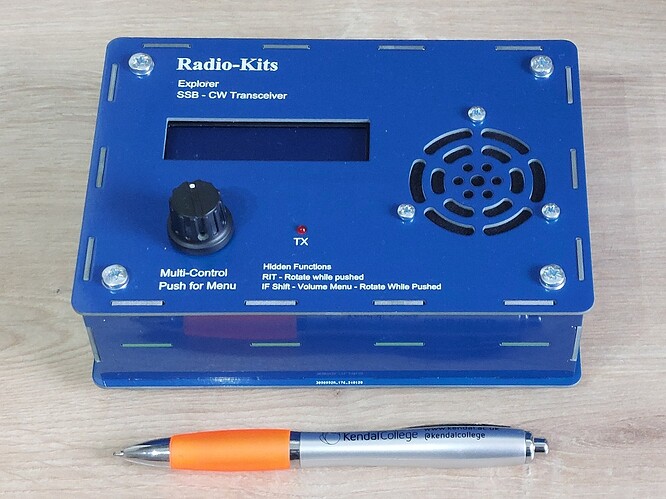An interesting new rig has been designed by Steve G6ALU and has recently been released for general sale. Steve G6ALU is the guy behind the famous MKARS80 LSB rig.
I found out about the Explorer rig in December and I thought it would be something nice to spend my Christmas funds on. I had been looking to get a QMX but it seems to me like the QMX is still very much in the development stage at this point.
The Explorer kit cost £120 for all options shipped to my door - I ordered on Sunday and received it on Tuesday!
The build was quite lengthy, I spread it over several days, but everything went together perfectly and there were no issues. There are a lot of parts!
The frequency error was a couple of tens of Hertz, so hardly worth bothering with calibration.
The audio from the little speaker is surprisingly good and there aren’t any annoying rattles as experienced with some other transceivers.
The CAT function worked well - I’m not good with computers but I got the rig talking to WSJT-X with no trouble via the built in USB and after plugging in a 3.5mm audio cable to the computer soundcard I was instantly receiving FT8.
The radio just worked - there literally was no issues with the build at all.
I took the Explorer out today to Pendle Hill G/SP-005. I’d chosen to build a 20m version so coupled it up to my SOTAbeams BH3 dipole. I self spotted for SSB and first in the log was Lars, SA4BLM. Lars commented that my audio sounded ‘DX’, so I guess quite thin with no bass. I guess I don’t need voodoo audio when I’m trying to work through a SOTA pile up. My mic is home brew using a bit of electrical conduit and a cheap mic capsule obtained in a bagful from the far east. I worked several callers including Gene, NT2A, in NY. Moving to CW I noticed that although the CW narrow filter helped a bit, it was still a little bit wide. The filter is audio based, so you can’t really expect crystal or DSP kinds of narrow. I was able to work quite a few with CW, including an S2S with HB9DGV/P on HB/BE-156. The keyer has three modes - straight, Iambic A and Iambic B. Most of my rigs use Iambic B, so I set the Explorer to Iambic B and found the keyer to be quite nice to use, although the speed reported by the RBN doesn’t seem to exactly tie up with the Explorer setting.
Power output is adjustable in the field and independently for SSB and CW, it’s just a menu setting. I found that the Explorer is easily capable of >5W.
My Explorer consumes the stated 150mA during receive.
One niggle- the VFO tuning function is rather inconsistent. The only mechanical control on the entire radio is a rotary encoder. The tuning control has a smart feature that increases the VFO step size the faster you turn the knob, only it doesn’t seem to work consistently. The tuning has a habit of not doing much and then jumping a large amount. Steve is aware of the issue and I’m sure that with some clever bit of code the debouncing can be smoothed out. The radio remembers the last powered up state, so rather like an FT-817, I set VFO A to the SSB end of 20m and VFO B to the CW end. Only one mode can be selected unfortunately, so you still have to change to SSB or CW in the menu after swapping VFOs. The built in USB port will presumably allow firmware updates in the future.
I am very happy with the kit, it is all that I hoped it would be. A manual and other details can be found on Steve’s website here - Radio-Kits - Explorer QRP Transceiver
73, Colin
